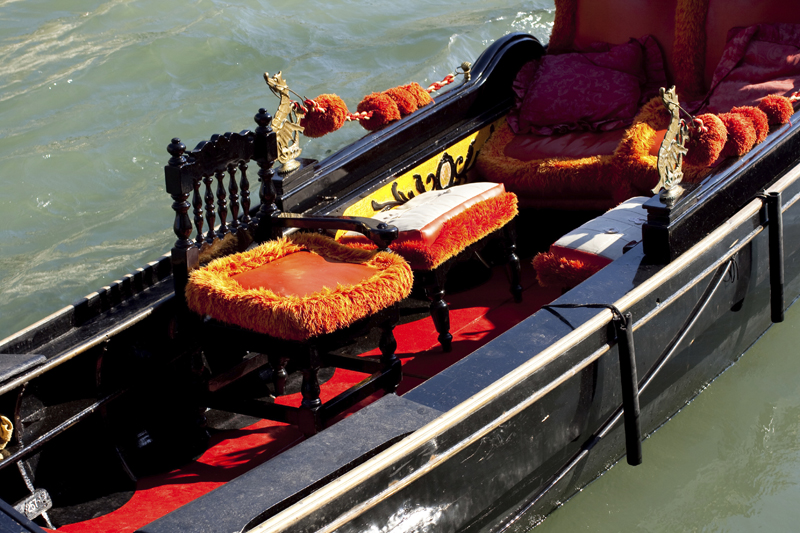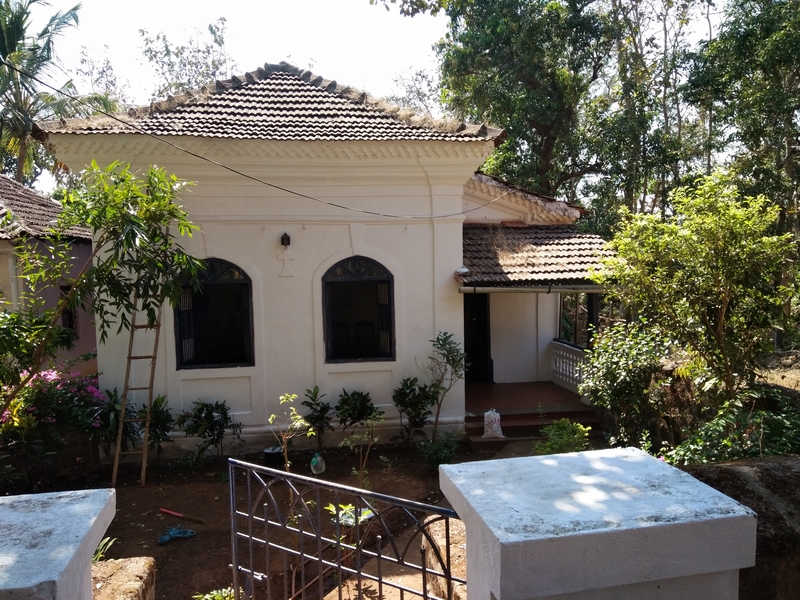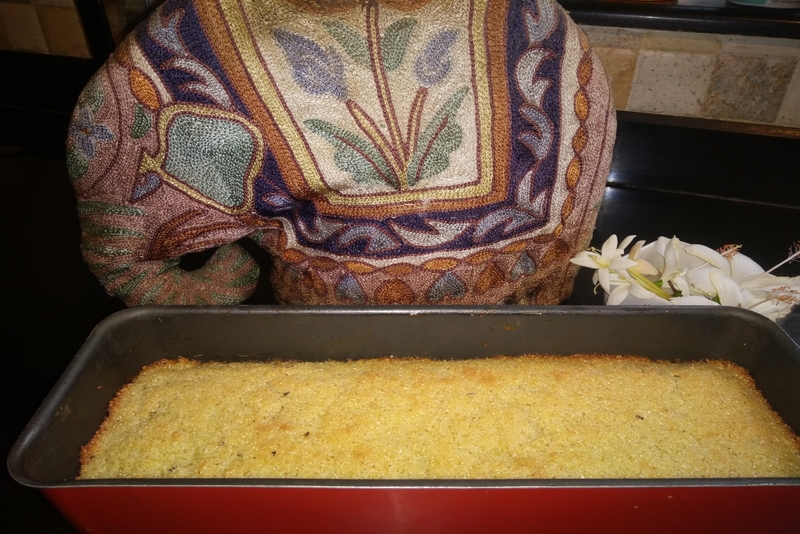Romantic spa resort dating to the Roman Empire

I had always wanted to visit Bath, home of Jane Austen and of course the man who fluttered my heart as a young woman – Darcy! The Bath I refer to is Bath, in Somerset, UK which is today a world heritage UNESCO site, famous for its Roman Baths and Georgian architecture. Bath which I have always connected with Mr Darcy from Pride and Prejudice as Jane Austen had lived there. Bath which is pronounced phonetically like the British and we Indians do with a rounded ‘ah’ sound and not like the Americans do. The Brits will pretend not to understand you, should you make that faux pas!
So the two of us, bought discounted tickets on the First Great Western, British Rail, after checking on the weather of course and sped off to Bath from Swansea, in Wales. We had to change trains at Bristol and had the most comfortable ride into Bath’s quaint heritage railway station, filled with tourists and a very helpful information centre.
It was a lovely sunny day and along with other tourists we headed towards the Roman Baths, which the city owes its name to, on foot. Like anywhere in the UK its better to wear stout trainers and walk around the town you are visiting. Considered to be the jewel in the Crown of the West country, the Georgian buildings in Bath glowed like golden topaz as they are all built with the honey coloured Bath stone. Small and compact, Bath’s bijoux size makes it perfect to be seen in a day, like we did. It’s a walker’s city, unfolding its delights round every bend and up every tiny cul-de-sac. Tucked among the hills along the banks of the River Avon we determinedly walked straight from the station towards the Baths. After all that was what we had come to see. From a distance the glorious Gothic Abbey made a great photo opportunity while tourists sat around the lawns immediately in front, clicking pictures for posterity. We too sat down to devour our packed lunch of sandwiches and fruit juice while the pigeons hung around at a safe distance, for any stray crusts that might come their way.
There’s a romantic legend behind the founding of Bath. Apparently it was founded by Bladud, the eldest son of the legendary King Lud. As a boy, Bladud contracted leprosy and was banished to Swainswick to become a pig farmer. One day as he was watching his pigs, Bladud noticed that some of the pigs were rolling around in the thick mud and he went to take a closer look. The mud was hot, and he found that the marsh was fed by a bountiful hot spring. Noticing that the pig’s scurvy had been cleared up by the mud, Bladud himself started to roll in it, smothering his whole body from head to foot. His leprosy soon disappeared. When he was clear he ran back in delight to his father’s court and in time was made King. In gratitude he built a temple by the hot spring and founded the city of Bath.
Just outside the baths were a group of buskers’ serenading the tourists who sat in the sunshine eating their burgers and dropping one pound coins into the musician’s violin cases. The prices of tickets to enter the Baths are pretty steep, but along with your ticket you get a snazzy sort of phone which you just click on and can avail of a self help tour of the Baths. There was a choice of languages and you get one in everything from Chinese to Russian.
This World Heritage city began life as a Roman spa built around its hot springs, between the 1st and the 4th century. Bath lost its cathedral to the Reformation, but by then Bath had become an aristocratic resort town. The nobility and gentry flocked to Bath in the bathing season until seaside resorts became more popular. We were allowed to walk along the sides of the baths only. No dipping toes in or sitting too close to them, though the bright green colour of the hot water did not make them too inviting! The Roman Baths are below the modern street level and have four main features, the Sacred Spring, the Roman Temple, the Roman bath house and finds from Roman Bath. At the very heart of the site is the Sacred Spring. Hot water at a temperature of 460C rises here at the rate of 1,170,000 litres (240,000 gallons) every day and has been doing this for thousands of years. In the past this natural phenomenon was beyond human understanding and it was believed to be the work of the gods. In Roman times a great Temple was built next to the Spring dedicated to the goddess Sulis Minerva, a deity with healing powers. The mineral rich water from the Spring supplied a magnificent bath-house which attracted visitors from across the Roman Empire.
The Terrace overlooks the Great Bath and is lined with statues of Roman Governors of Britain, Emperors and military leaders. The statues date to 1894, as they were carved in advance of the grand opening of the Roman Baths in 1897. What is strange is that the Roman Baths were not discovered and explored until the late nineteenth century. The view from the Terrace is the first view you have as a visitor to the baths, but there is a lot more to the visit. The Roman Baths extends under the modern ground level, beneath adjacent streets and squares, so many visitors are surprised when they discover just how big the site really is.
For a writer Bath is a sort of pilgrimage site as well, since it’s Jane Austen country. Bath is where she wrote two of her novels , Northanger Abbey and Persuasion. Her most famous offering Pride and Prejudice is what she is remembered most for and the dark and smouldering Darcy, who broke my school girl heart, is brought to life in the Jane Austen museum. All that is different today in the city of Bath from Jane Austen’s 1801 to 1806 is that the women who walk the streets are dressed in jeans and tees and not flowing gowns with tightly corseted waists. The city that Jane Austen knew was a genteel place of retirement, today it’s more a tourist destination. The museum is of course tailored to interest the female tourist with heaps of expensive Jane Austen merchandise on sale in a sort of tea room. And, everyone (read women) stands next to a life sized statue of Austen at the entrance to have their picture taken!
All the way back in the train to Swansea we sat silently together, letting the beauty of our visit wash over us. Bath is one place everyone should go to if you travel to the UK. It is really a wonderful romantic getaway steeped in history which makes it doubly exciting.
So the two of us, bought discounted tickets on the First Great Western, British Rail, after checking on the weather of course and sped off to Bath from Swansea, in Wales. We had to change trains at Bristol and had the most comfortable ride into Bath’s quaint heritage railway station, filled with tourists and a very helpful information centre.
It was a lovely sunny day and along with other tourists we headed towards the Roman Baths, which the city owes its name to, on foot. Like anywhere in the UK its better to wear stout trainers and walk around the town you are visiting. Considered to be the jewel in the Crown of the West country, the Georgian buildings in Bath glowed like golden topaz as they are all built with the honey coloured Bath stone. Small and compact, Bath’s bijoux size makes it perfect to be seen in a day, like we did. It’s a walker’s city, unfolding its delights round every bend and up every tiny cul-de-sac. Tucked among the hills along the banks of the River Avon we determinedly walked straight from the station towards the Baths. After all that was what we had come to see. From a distance the glorious Gothic Abbey made a great photo opportunity while tourists sat around the lawns immediately in front, clicking pictures for posterity. We too sat down to devour our packed lunch of sandwiches and fruit juice while the pigeons hung around at a safe distance, for any stray crusts that might come their way.
There’s a romantic legend behind the founding of Bath. Apparently it was founded by Bladud, the eldest son of the legendary King Lud. As a boy, Bladud contracted leprosy and was banished to Swainswick to become a pig farmer. One day as he was watching his pigs, Bladud noticed that some of the pigs were rolling around in the thick mud and he went to take a closer look. The mud was hot, and he found that the marsh was fed by a bountiful hot spring. Noticing that the pig’s scurvy had been cleared up by the mud, Bladud himself started to roll in it, smothering his whole body from head to foot. His leprosy soon disappeared. When he was clear he ran back in delight to his father’s court and in time was made King. In gratitude he built a temple by the hot spring and founded the city of Bath.
Just outside the baths were a group of buskers’ serenading the tourists who sat in the sunshine eating their burgers and dropping one pound coins into the musician’s violin cases. The prices of tickets to enter the Baths are pretty steep, but along with your ticket you get a snazzy sort of phone which you just click on and can avail of a self help tour of the Baths. There was a choice of languages and you get one in everything from Chinese to Russian.
This World Heritage city began life as a Roman spa built around its hot springs, between the 1st and the 4th century. Bath lost its cathedral to the Reformation, but by then Bath had become an aristocratic resort town. The nobility and gentry flocked to Bath in the bathing season until seaside resorts became more popular. We were allowed to walk along the sides of the baths only. No dipping toes in or sitting too close to them, though the bright green colour of the hot water did not make them too inviting! The Roman Baths are below the modern street level and have four main features, the Sacred Spring, the Roman Temple, the Roman bath house and finds from Roman Bath. At the very heart of the site is the Sacred Spring. Hot water at a temperature of 460C rises here at the rate of 1,170,000 litres (240,000 gallons) every day and has been doing this for thousands of years. In the past this natural phenomenon was beyond human understanding and it was believed to be the work of the gods. In Roman times a great Temple was built next to the Spring dedicated to the goddess Sulis Minerva, a deity with healing powers. The mineral rich water from the Spring supplied a magnificent bath-house which attracted visitors from across the Roman Empire.
The Terrace overlooks the Great Bath and is lined with statues of Roman Governors of Britain, Emperors and military leaders. The statues date to 1894, as they were carved in advance of the grand opening of the Roman Baths in 1897. What is strange is that the Roman Baths were not discovered and explored until the late nineteenth century. The view from the Terrace is the first view you have as a visitor to the baths, but there is a lot more to the visit. The Roman Baths extends under the modern ground level, beneath adjacent streets and squares, so many visitors are surprised when they discover just how big the site really is.
For a writer Bath is a sort of pilgrimage site as well, since it’s Jane Austen country. Bath is where she wrote two of her novels , Northanger Abbey and Persuasion. Her most famous offering Pride and Prejudice is what she is remembered most for and the dark and smouldering Darcy, who broke my school girl heart, is brought to life in the Jane Austen museum. All that is different today in the city of Bath from Jane Austen’s 1801 to 1806 is that the women who walk the streets are dressed in jeans and tees and not flowing gowns with tightly corseted waists. The city that Jane Austen knew was a genteel place of retirement, today it’s more a tourist destination. The museum is of course tailored to interest the female tourist with heaps of expensive Jane Austen merchandise on sale in a sort of tea room. And, everyone (read women) stands next to a life sized statue of Austen at the entrance to have their picture taken!
All the way back in the train to Swansea we sat silently together, letting the beauty of our visit wash over us. Bath is one place everyone should go to if you travel to the UK. It is really a wonderful romantic getaway steeped in history which makes it doubly exciting.

Related Articles
Editor's Picks Articles
Top Ten Articles
Previous Features
Site Map
Content copyright © 2023 by Marianne de Nazareth. All rights reserved.
This content was written by Marianne de Nazareth. If you wish to use this content in any manner, you need written permission. Contact Marianne de Nazareth for details.





 -resizeimage.jpg.jpg)

